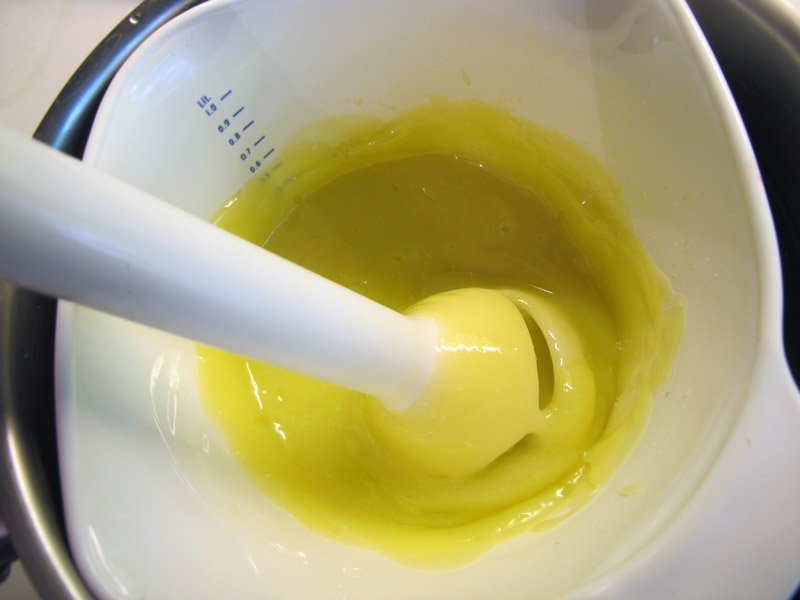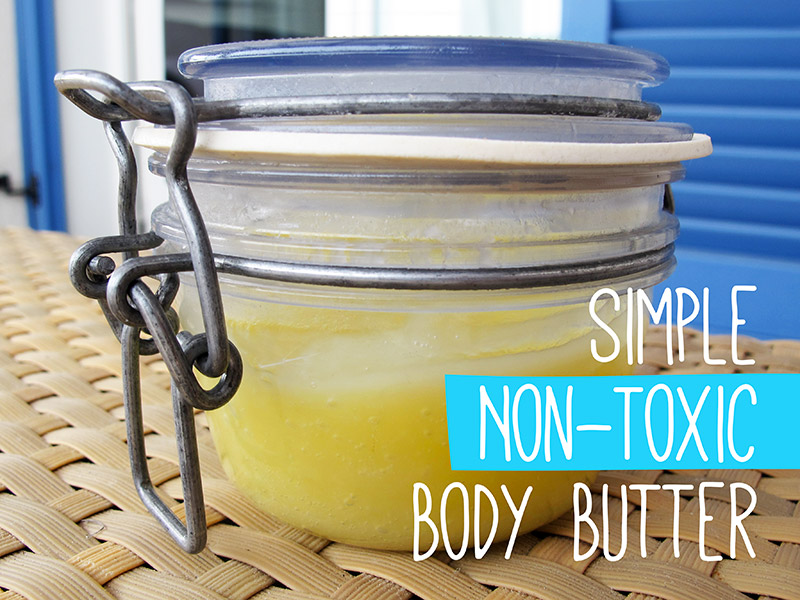Until one day when I heard about something called parabens and their association with things like hormone disruption and cancer, and all this sounded just a little bit alarming.
It used to be that speaking of pollution conjured up images of nuclear accidents, toxic sludge or (remember that, peeps of the 80s?) acid rain… You know, your run-of-the-mill spectacular environmental catastrophe. It’s not that those have quite gone away but an understanding of a newer kind of pollution, much more insidious and intimate, started to take hold.
In their book Slow Death by Rubber Duck, the Secret Danger of Everyday Things, Rick Smith and Bruce Lourie talk about Canada’s Toxic Nation project where the blood and urine of average citizens were tested for traces of man-made toxic chemicals. They picked people from all walks of life and all different ethnic backgrounds to find that nobody was spared, and everybody was contaminated to some degree.
They all conspire to create what some call a “toxic cocktail”. Sounds sexy, doesn’t it?
Pollution is now so pervasive that we literally harbor it. Where does it all come from? From all the chemicals that we are surrounded with and ingest all day long from household products, cosmetics, air fresheners, new furniture to new cars, the list is literally endless and basically comprises everything that makes up our modern environment. They all conspire to create what some call a “toxic cocktail”. Sounds sexy, doesn’t it?
Parabens are just one group of problematic chemicals and their chief use is as preservatives in cosmetics products. According to Campaign for Safe Cosmetics, parabens are used to prevent the growth of bacteria and mold in many personal care and cosmetics products, increasing their shelf life.
Well that’s all well and good… for the manufacturers that is, and not necessarily you and your offspring’s health.
Here’s what parabens are associated with:
- Endocrine (ie hormonal) disruption: they mimic estrogen in the body
- developmental and reproductive toxicity
- allergies
- certain cancers like skin cancer…
They should of course be especially avoided by vulnerable groups like pregnant women and young children. To recognize it on ingredients lists, know that they can go by multiple names like ethylparaben, butylparaben, methylparaben, propylparaben, isobutylparaben, isopropylparaben, basically anything ending in –paraben. And they are unbelievably not regulated in the EU, US or Canada.
What the above-mentioned authors do is to deliberately expose themselves to chemicals in regular everyday situations in order to measure the difference in their “toxic burden”, somewhat à la Supersize Me. But their idea in doing this is not to merely to sow doom & gloom — they ultimately have a positive message: just as we can easily accumulate these toxins in our bodies through everyday levels of exposure, we can also do something to diminish those levels by taking matters into our own hands.
So this is where things get a bit more positive. This is where we get to take some action.
If I had to sum up my worldview, I would say I am realistically pessimistic about the state of the world but personally optimistic about my ability to make meaningful changes that will have a positive impact on me, my family and my surroundings.
Parabens were just the beginning of my journey of becoming more conscious about everyday chemicals. Once I decided that I could no longer ignore these problematic chemicals and realized to my horror that I’d been liberally slathering my whole body for years with the stuff, I started looking for non-toxic alternatives. I eventually became interested in actually making my own cosmetics products which took some amount of trial and error as I searched for just the right combo:
- I tried straight coconut oil but found that it dries too fast and you have too apply it too often
- Almond oil was lovely and luxurious but well got a bit expensive when you have to moisturize your entire body!
- For a while a mixture of coconut oil and olive oil seemed to be a good solution but it was just too slimy and wet so not super convenient (although this worked just fine when only used at home)
But then I finally stumbled upon this super simple and effective recipe, and all my issues were resolved. I realized that I had been on the right path but missing the crucial ingredient that would provide a more solid consistency to my body butter: beeswax. Bingo!
So now it is this homemade cream that I slather on my body every day instead of the chemical-filled Nivea — and it is practically edible! It also has the virtue of being relatively cheap, and simple to prepare. My little guy has also inherited my dry skin and this works great for him too. I am still at a basic level and only make a few personal care products – hey there are only so many hours in the day and baby steps are what’s important – but at least this one covers maximal ground, quite literally!
I have since tested the recipe with both almond and olive oils and I’m happy to report that both work great. And don’t worry that you’ll smell like a salad because the only thing you smell in the end is the yummy essential oil. Keep in mind that coconut oil has a relatively low melting point (24°C/76°F) which, in a climate like Paris, is fine for most of the year. But it does become quite a bit softer during the warmer months and also if you’re traveling to warmer climes with it. That’s why I keep mine in a tight-lidded jar which keeps my luggage safe.
Note that the amounts are given as a sample; once you get the proportions down you can feel free to adjust as you wish and make a bigger batch if you feel like it.
Let me know if you end up trying it and how it turns out!
Ingredients
- ½ cup organic olive or almond oil
- ½ cup coconut oil
- ¼ cup beeswax pellets (I used this kind)
- 10 drops of sweet orange essential oil
Instructions
- Combine all the ingredients except the essential oil in a heatproof dish and heat using a bain-marie (double boiler) method, placing it inside a small casserole filled halfway with water.
- Stir the ingredients as they melt and remove from the heat when they are mixed thoroughly.
- Place the bowl in a bigger bowl filled with cool water so as to speed up the cooling down process.
- Add the essential oil and blend the mixture using a stick blender or mixer.
- Place inside your jar and cool in the fridge. Your creamy and delicious-smelling body butter is ready to use!





Hi thanks for this amazing recipe. I made it with my little girls aged 6 and 9 and we have been using it ever since! It is lovely. Post some more:-) (Also if you have any without beeswax because that was really hard to find in Mumbai.
Hey Safeena, so happy you and the girls are enjoying this! You could forgo the beeswax altogether but then the cream would be, well, more like a lotion. 🙂 But totally doable if you’re not traveling.
Aysin, for how long can you keep the cream in the refrigerator?
Hi there, I only put it in the fridge to solidify and then keep it out (unless it’s way too hot out in the peak of summer). Otherwise it can keep indefinitely since these oils are quite stable. Let me know how you like it!